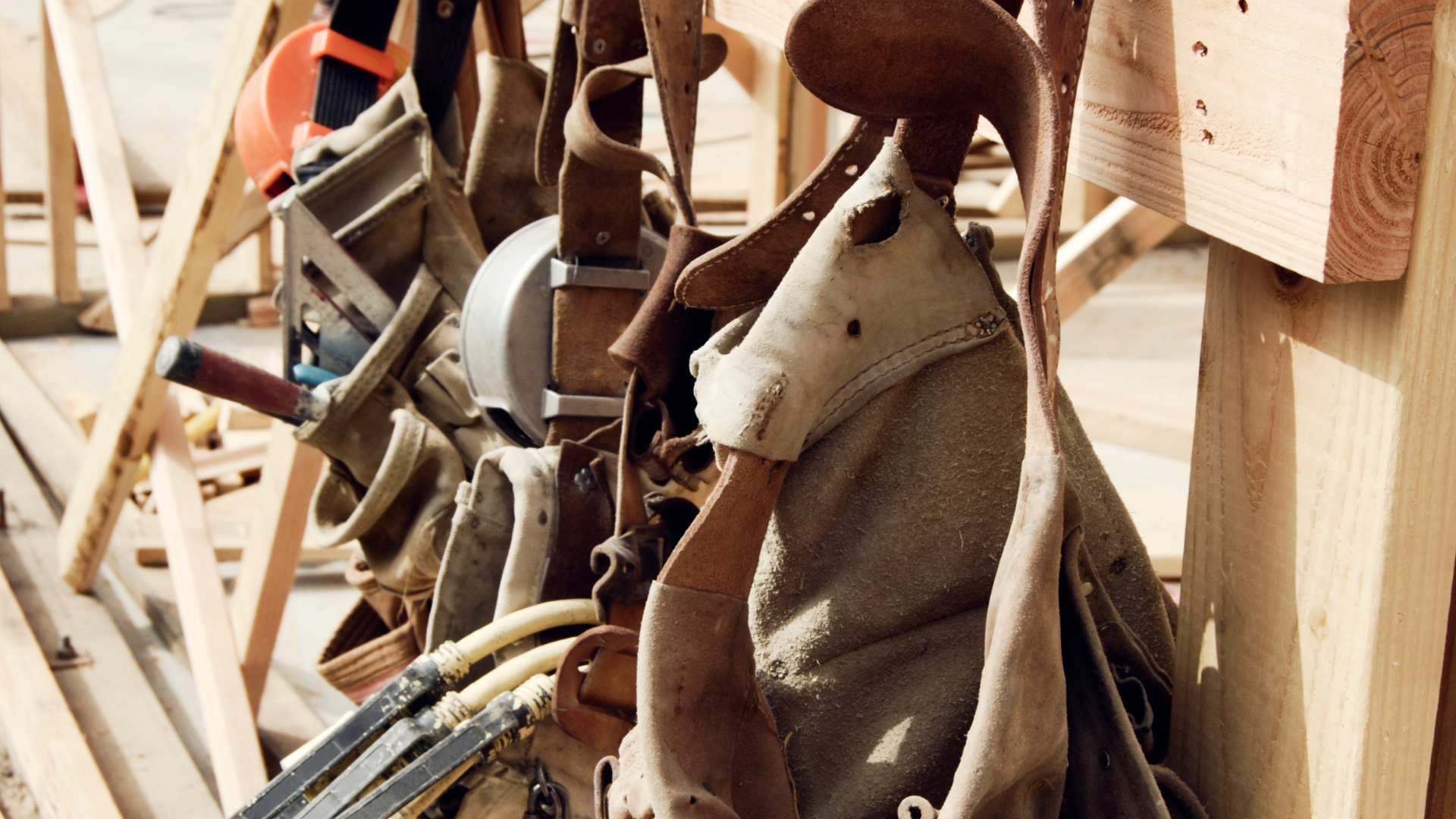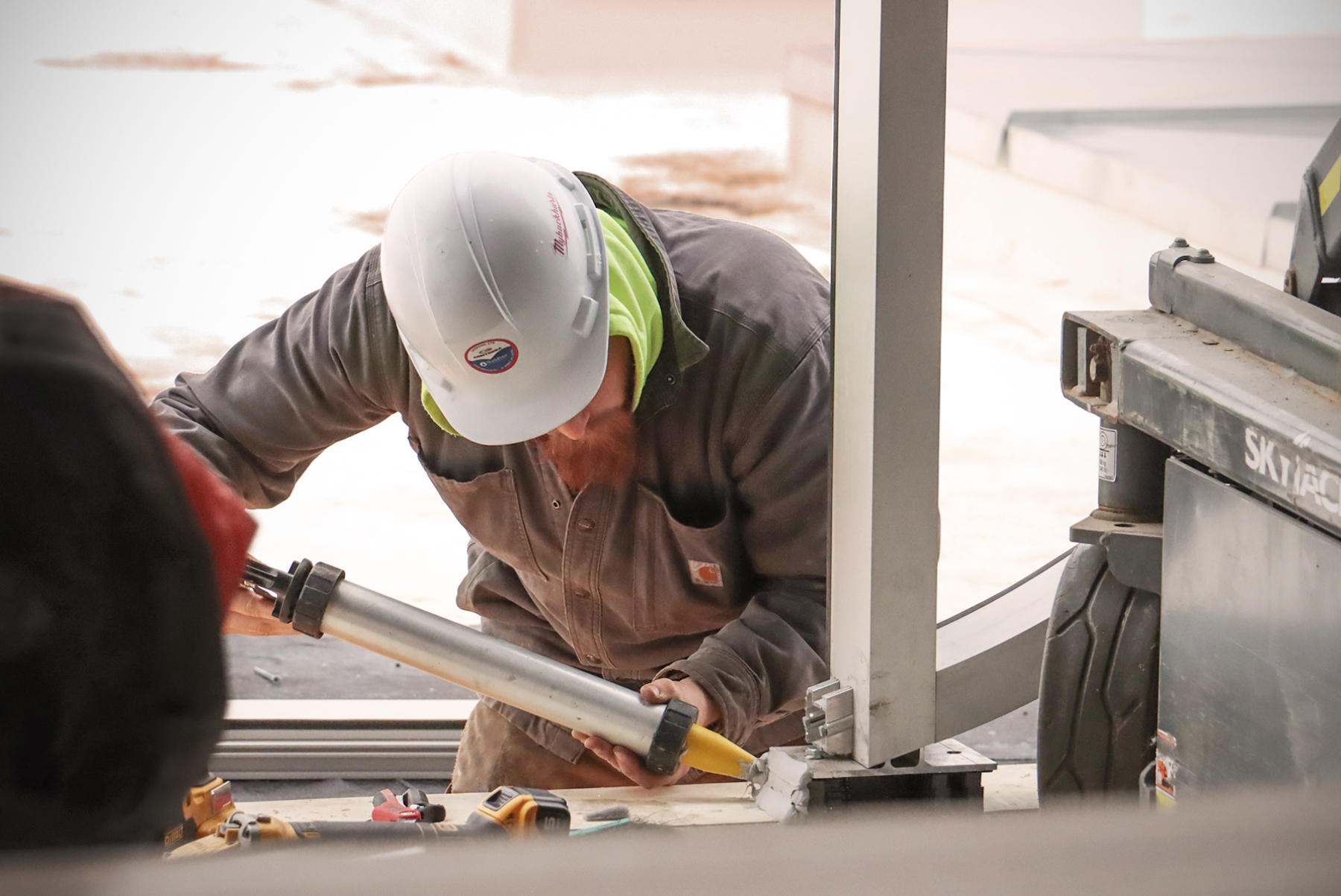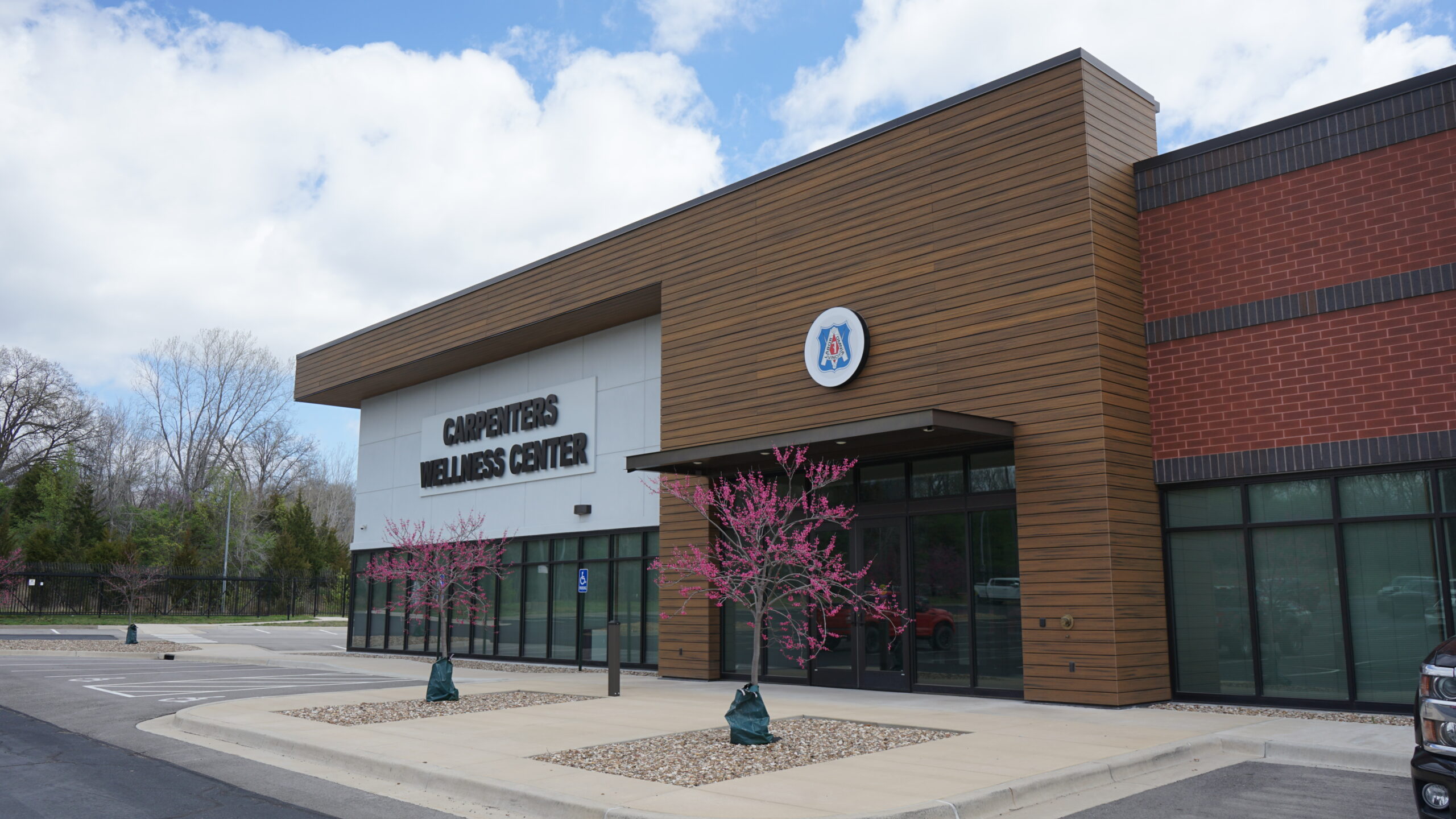
Extension of Hours-Based Eligibility for Disability
Apr 24, 2024

Read Carpenters Wellness Center’s full October newsletter on Musculoskeletal Health.
Being proactive about your health through preventive healthcare services can reduce your risk for diseases. Preventive healthcare involves taking steps to prevent chronic illnesses or catch disease early when treatment is most effective. Things like cancer screenings and routine vaccines generally fall into this category. Preventive healthcare can help you stay healthy and lower your healthcare costs.
Start small
Whether you are starting from scratch or are resuming your exercise routine after a long break, be sure to keep your progress slow and steady to avoid injury. Try five minutes of walking or 30 seconds of jogging instead of a sprint. Whatever the case, do just a little more than what is usual for you – this is not a time to compare yourself to others.
Keep it simple
You don’t need fancy equipment or a gym membership to begin increasing your physical activity. You can walk around the neighborhood or your home, go up and down the stairs, or have a living room dance party. You can sit down and stand back up ten times before you sit down to watch a television show. Anything to add in more movement than you were doing before.
Stay motivated
Treat yourself for meeting your activity goal for the day, week, month, or beyond. For daily movement goals you can try small rewards, like taking time to soak in a bath or watch your favorite TV show. Consider a bigger splurge for a goal that took weeks or months to achieve.
Working out with others can also help us stay motivated.
Whether it is meeting a friend for an exercise session, going to a class or joining a club – having others around keeps you accountable.
Schedule an appointment with yourself
It seems the calendar rules our lives. Instead of trying to find time for activity after everything else has been scheduled, make it a recurring part of your schedule. Add it to your calendar and then hold yourself to it.
Have fun!
Find an activity that you enjoy. Exercise does not need to feel like punishment to be effective. If it gets your heart rate up and you smile while doing it, you’re much more likely to keep it up.
Get help
If you can’t figure out where to start or you’re worried about injury, consider seeking help from a physical therapist. Physical therapists are movement experts who can help you overcome issues and barriers that prevent you from achieving your activity goals.
The musculoskeletal system works to help you sit, stand, walk, run and move. Adult bodies have 206 bones and more than 600 muscles connected by ligaments, tendons and soft tissues, and include:
Sources: APTA.org, ACSM.org, ClevelandClinic.org
Always consult your healthcare provider before starting a new exercise program.
5 tips to help reduce anxiety
Apr 05, 2024
Learn More
Stop the Stigma
Feb 13, 2024
Learn More
Resolution Tips from Carpenters Wellness Center
Jan 22, 2024
Learn More

Stay up to date on key announcements, timely events and helpful information that could benefit you and your health.



